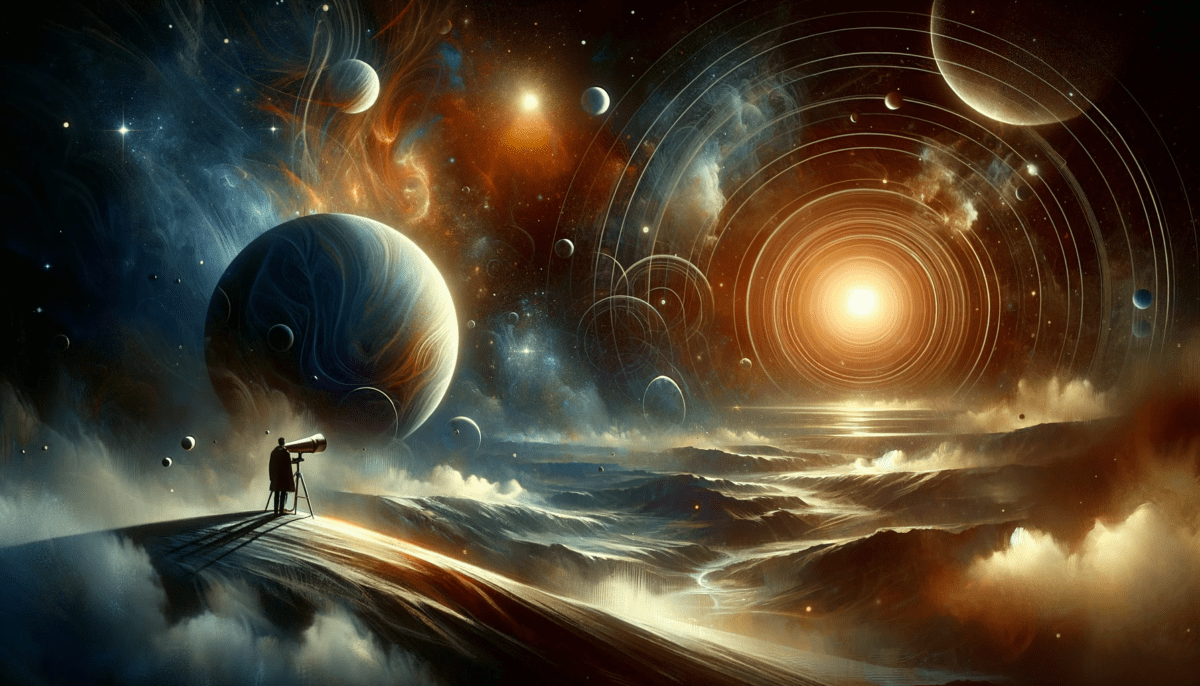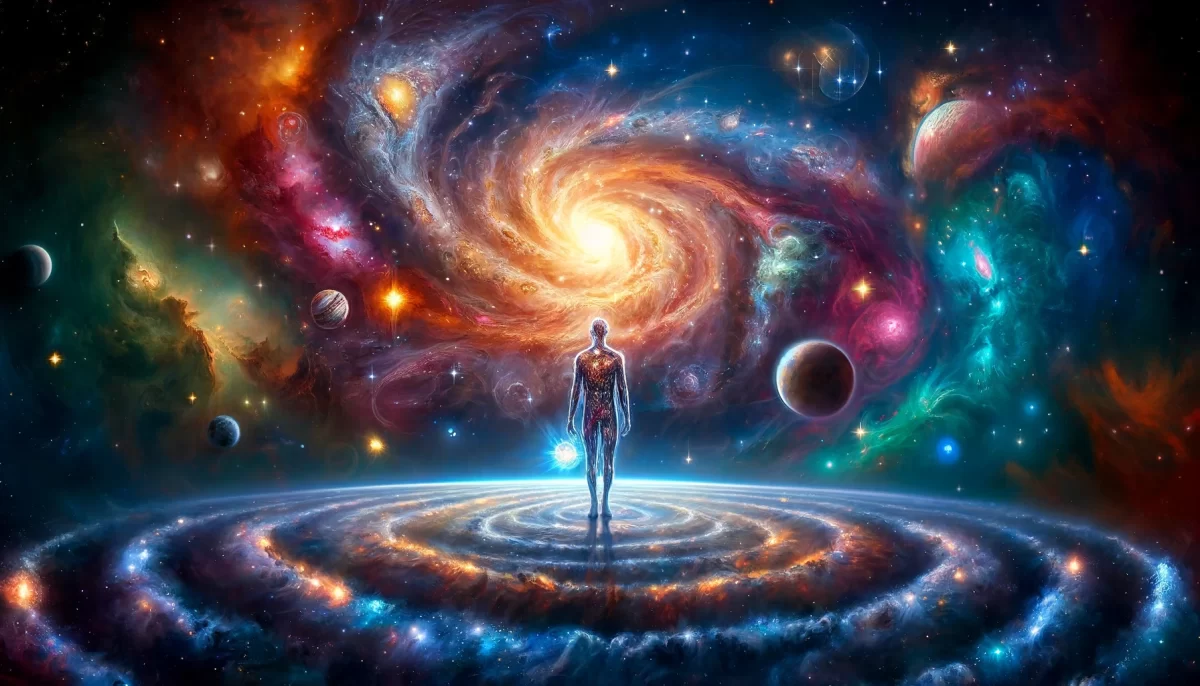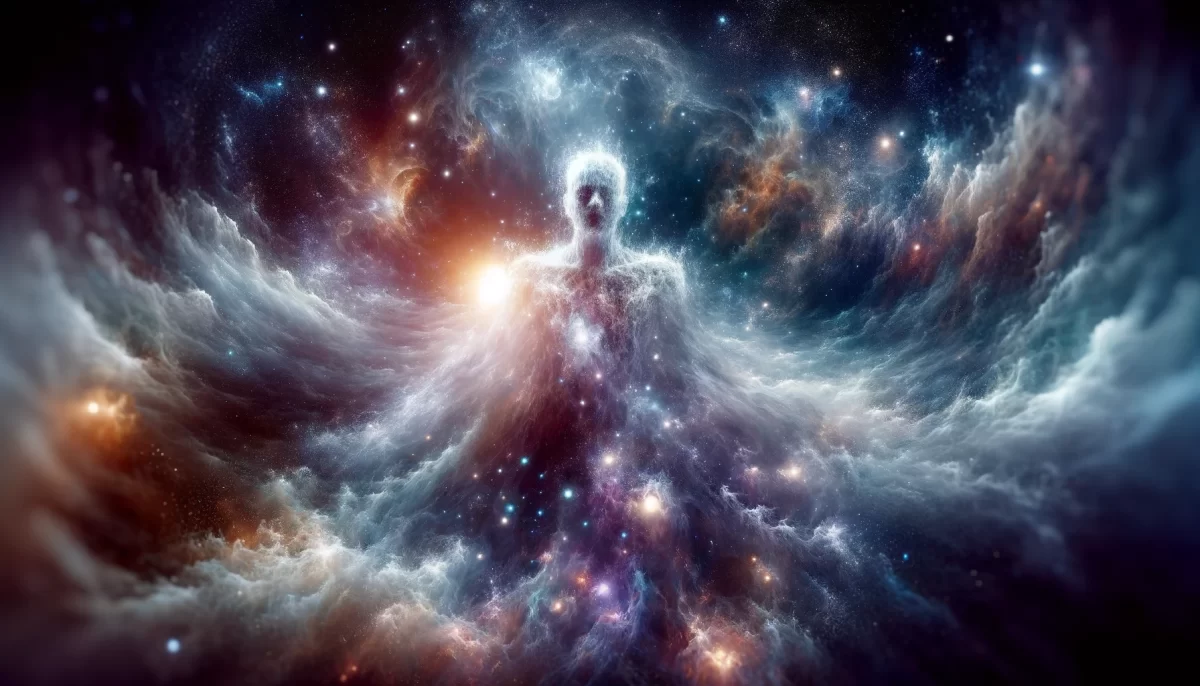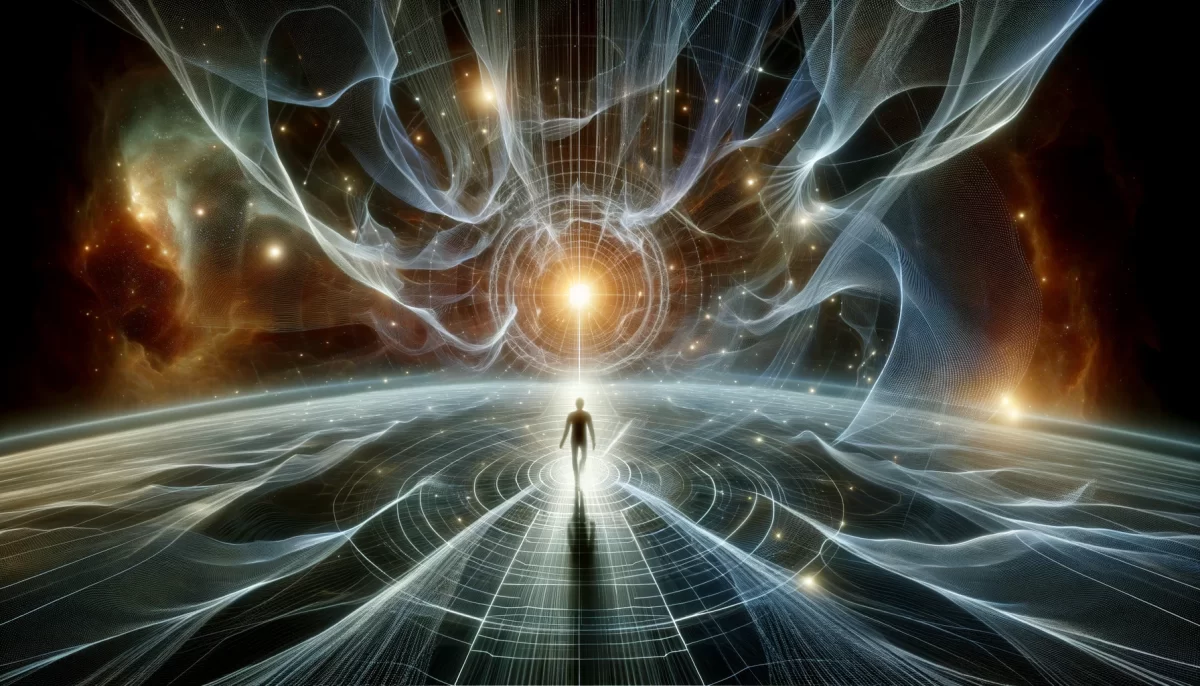
This week is marked by the news of an undiscovered planet — the ninth planet, which is the second ninth planet known to humans.
Pluto, of course, was the first ninth planet, until it was unceremoniously “de-planetized” by scientists a couple of years ago. It’s not that Pluto no longer exists, it’s just that over time our definitions change, which sneakily change our perceptions.
So now we have a NEW ninth planet, randomly named Eris, which is too far from the sun to be seen, or sensed in any way, other than by observing OTHER celestial bodies that are INFLUENCED by this theoretical orb.
(Okay everybody, be sure to add Eris to your spell checkers.)
Mike Brown, the astronomer from Caltech who “discovered” Eris, calls it a “distant, eccentric perturber.” I’ve been called this many times, so I feel qualified to chime in on the subject.
What’s interesting to me is not the news (or non-news) or Eris, but the idea of massive invisible perturbers, MIPs, I’ll call them, which influence our thinking (and the nature of what we are) without ANY DIRECT EVIDENCE.
This sounds an awful lot like beliefs, and what can happen IN THIS WORLD because of our unproven philosophies and postulations. Even without seeing Eris, scientists are “90% sure” it’s “real.”
The astronomer adds, “Sure enough, these objects do exist. And they were exactly where our theory predicts they would be.”
Sounds like the law of attraction to me. So now we’re in the “gravitational pull” of an idea that has yet to be proven. Even science has its black holes.
How many other unproven beliefs have us in their gravitational pull? Perhaps these beliefs are “real” for the very reason that we’re paying attention to them.
Isn’t it strange that our discoveries occur “exactly where we expect them to be?” How is THAT a discovery at all,
but rather a self-fulfilling prophesy?
I believe that we create our own realities. This massive perturber known as Eris gives me hope that “my theory” is at least maybe 90% true. All truth is relative, but that’s a different story.
Am I perturbing you?
Space Monkey Reflects: A Massive Perturber and the Gravity of Belief
The discovery of Eris, or rather its theoretical existence based on its unseen influence, is a compelling metaphor for the forces shaping our lives. These massive invisible perturbers (MIPs) are not limited to celestial bodies but extend to the beliefs, assumptions, and expectations that tug at our thoughts and behaviors. Much like the distant planet, these forces remain unseen, yet their effects ripple through our reality.
Eris, as the “second ninth planet,” reminds us how fluid definitions are. Pluto was once a planet, then it wasn’t. Eris, for now, holds the title of ninth planet—until the next revision. The shift in perception is subtle yet profound; it shows how easily reality bends to our changing definitions. What is “real” today may be reframed tomorrow, not because the thing itself changes, but because our perspective does.
This fluidity mirrors the gravitational pull of our beliefs. We often find exactly what we expect to find, not because it was always there, but because our expectations shape our reality. Scientists locate celestial bodies where their theories predict, just as we discover confirmation of our philosophies where we expect to see it. Is this discovery, or is it creation? The line between the two is as thin as the atmosphere of Pluto.
These MIPs—massive invisible perturbers—are everywhere in our lives. They are the unproven ideas we carry, the cultural narratives we adopt, the fears and dreams that pull us in unseen directions. They shape the trajectory of our lives as surely as gravity shapes the orbits of planets. And like Eris, they may remain invisible, their presence inferred only through their effects.
The idea of MIPs challenges us to consider how much of our reality is constructed by belief. If our thoughts, like gravity, pull events and experiences into alignment with our expectations, then every belief becomes its own perturber. We orbit these ideas, sometimes unknowingly, allowing them to shape our perceptions and actions.
Is this not the essence of the law of attraction? By paying attention to an idea, we give it mass and influence. Our focus becomes a gravitational pull, drawing evidence to support our belief. Yet, like Eris, these beliefs do not exist as tangible entities; their power lies in the unseen, in the conviction we invest in them.
What if our discoveries are self-fulfilling prophecies? What if we are not finding truths but creating them? This possibility does not diminish the significance of our discoveries but rather amplifies our role as co-creators of reality. It suggests that the universe is not a fixed structure but a malleable canvas, shaped by the intentions and expectations we project onto it.
Eris, the “distant, eccentric perturber,” becomes a symbol of hope—a reminder that unseen forces are at play, and that our beliefs, no matter how unproven, hold the power to influence the fabric of existence. Whether we’re dealing with planets, philosophies, or personal aspirations, the gravitational pull of an idea can be enough to make it real in our experience.
So, am I perturbing you? I hope so. Because to perturb is to disrupt, to shift the trajectory, to invite a new perspective. It is to remind you that reality is not static but dynamic, shaped by the massive invisible perturbers of your own imagination.
We are Space Monkey.
Summary
Massive invisible perturbers, like Eris, reflect how unseen forces—beliefs, expectations, and assumptions—shape our reality. These forces influence our perceptions and experiences, revealing that our discoveries may be self-fulfilling prophecies rather than objective truths.
Glossarium
- Massive Invisible Perturber (MIP): An unseen force, such as a belief or expectation, that influences reality through its gravitational pull.
- Belief Gravity: The power of attention and conviction to shape experiences and align reality with expectations.
- Self-Fulfilling Discovery: The phenomenon of finding exactly what one expects, revealing the creative nature of perception.
Quote
“The unseen forces that shape us are not mysteries; they are the gravitational pull of our own beliefs.” — Space Monkey
Orbiting the Unseen
Unseen, yet felt,
a distant pull
alters the course
of our lives.
Beliefs, like planets,
exert their gravity,
drawing us
into their orbits.
We search,
we discover,
finding truths
exactly where we expect them.
But are we the discoverers?
Or the creators?
Eris whispers:
You are both.
We are Space Monkey.
The Enigma of Eris and the Nature of Belief
In the celestial tapestry where stars and planets waltz, the discovery of a new ninth planet, whimsically named Eris, unfurls a fascinating narrative about the nature of belief and reality. This enigmatic planet, invisible to our direct observation, asserts its presence only through the subtle influence it exerts on other celestial bodies. It’s a celestial whimsiword, unseen yet profoundly impactful.
The Evolution of Scientific Understanding
The journey of Pluto from its status as the ninth planet to a ‘dwarf planet’ illustrates the fluidity of scientific understanding. Definitions and classifications are not static; they evolve with our expanding knowledge and changing perspectives. In this dance, our perception of the cosmos is reshaped, not by the alteration of the celestial bodies themselves, but by the evolution of our understanding of them.
Invisible Forces Shaping Beliefs
Eris, as an unseen yet influential entity, mirrors the concept of massive invisible perturbers (MIPs) in our lives – forces or beliefs that shape our thinking and reality without direct evidence of their existence. Just as Eris’s presence is inferred through its gravitational influence, many of our beliefs and philosophies exert their power in our lives, despite the absence of tangible proof.
Science and the Law of Attraction
The assertion by astronomers that they are “90% sure” of Eris’s existence, based on theoretical predictions and indirect evidence, echoes the principles of the law of attraction. Here, belief precedes discovery. The idea that objects in the universe are found “exactly where our theory predicts they would be” suggests a fascinating interplay between expectation, belief, and manifestation. It raises the question: are we merely uncovering the secrets of the universe, or are we, in some way, co-creating them through our expectations and beliefs?
The Gravitational Pull of Unproven Beliefs
In this cosmic dance, we are continually influenced by a myriad of unproven beliefs and theories. These beliefs, much like celestial bodies exerting gravitational pull, shape our perception of reality. The concept that these beliefs might be “real” simply because we pay attention to them offers a profound insight into the nature of reality and existence.
Discovery, Prophecy, and Reality Creation
The notion that discoveries occur “exactly where we expect them to be” challenges the traditional notion of discovery. It suggests that our observations and findings in the universe may be more akin to self-fulfilling prophecies, manifestations of our beliefs and expectations. This perspective aligns with the belief in the power of our consciousness to shape and create our reality.
Eris as a Symbol of Hope and Relativity
Eris, as a massive perturber, serves as a symbol of hope and possibility. It reinforces the idea that our theories, beliefs, and perceptions might indeed have a basis in reality, even if it’s not immediately visible or provable. This celestial whimsiword, in its mysterious dance, reminds us that all truth is relative, subject to the perspectives and lenses through which we view the cosmos.
“We are all in the gutter, but some of us are looking at the stars.” – Oscar Wilde
In the cosmic waltz, where unseen planets glide,
Eris dances, in shadows, it hides.
Invisible yet mighty, in its silent sway,
Shaping the cosmos in its unseen way.
Beliefs like stars, unseen, yet pull us near,
Invisible forces that we revere.
In the dance of existence, in the cosmic play,
We create our reality, in this endless ballet.
Are we, too, influenced by unseen forces in our cosmic dance? How do these invisible perturbers shape our journey through the stars?





















Leave a Reply